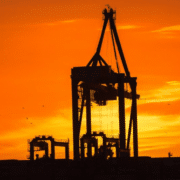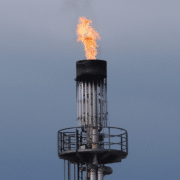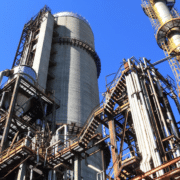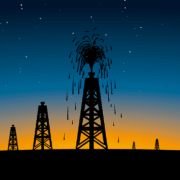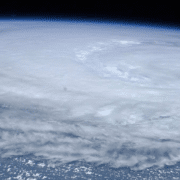Their budgets just don’t add up anymore. That’s why natural gas offers the lifeline of distressed gulf oil giants. Oil-rich Arab nations are in the throes of a deep economic crisis and facing gaping holes in their finances. Saudi Arabia needs the price of Brent crude to rise to $76 dollars a barrel while UAE needs it to hit $69, Bahrain $96, and Oman $87 to balance their books. Save for tiny Qatar, no Arab oil producer can balance its books at the current price of $40/barrel. GCC nations are now facing huge fiscal deficits, with Kuwait’s deficit of ~40% of GDP the highest in the world.
To make matters worse, once free-flowing credit lines have started to shut down for some. A good case in point is Oman, which is struggling to borrow after credit-rating agencies listed its debt as junk. Jordan had to plead to receive a $2.5bn aid package from the Gulf, only half of what it got eight years ago. Meanwhile, no one from the Gulf appears willing to bail out cash-strapped Egypt or Lebanon.
In short, the countries are being forced to take pretty drastic steps.
Click here to read the full article.
If you have further questions on what Natural Gas Offers, feel free to reach out to us here.
Source: Oil Price

